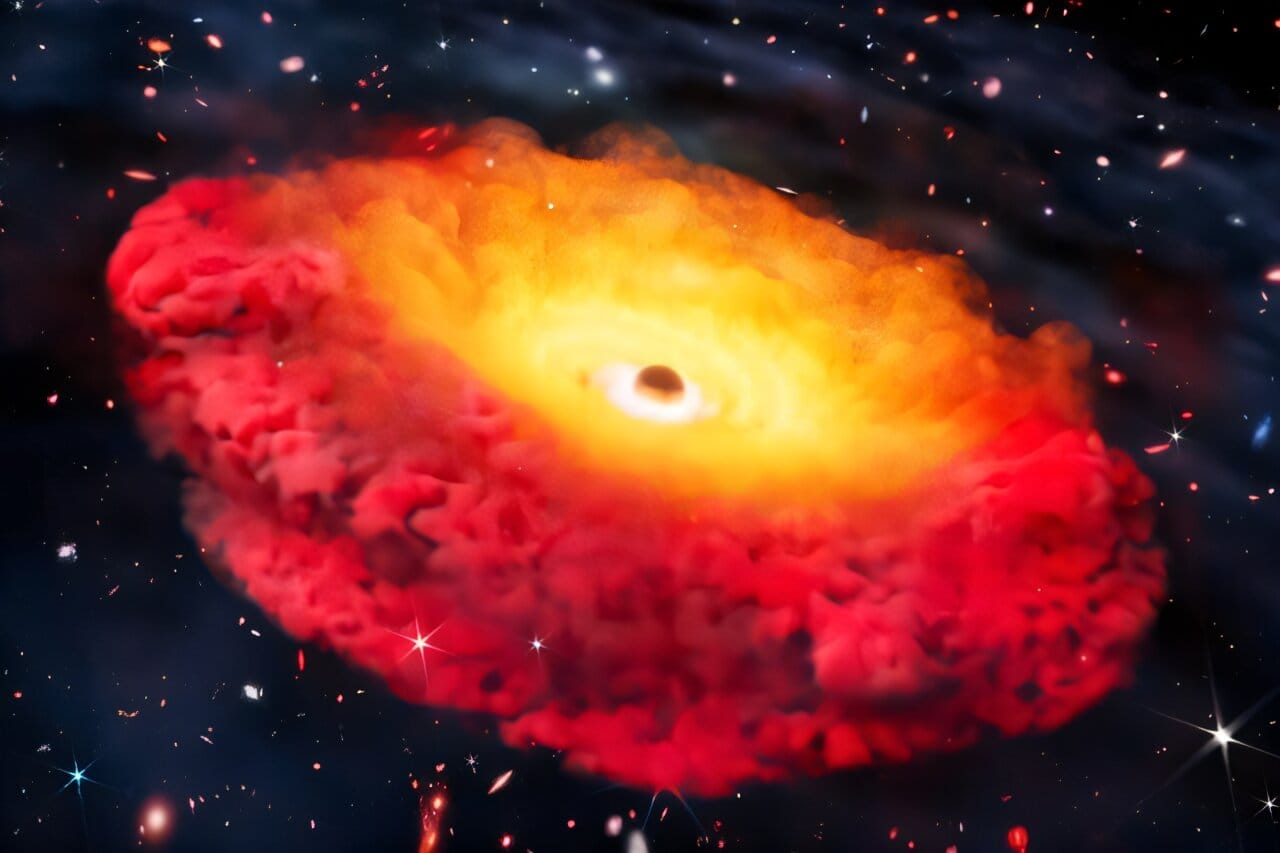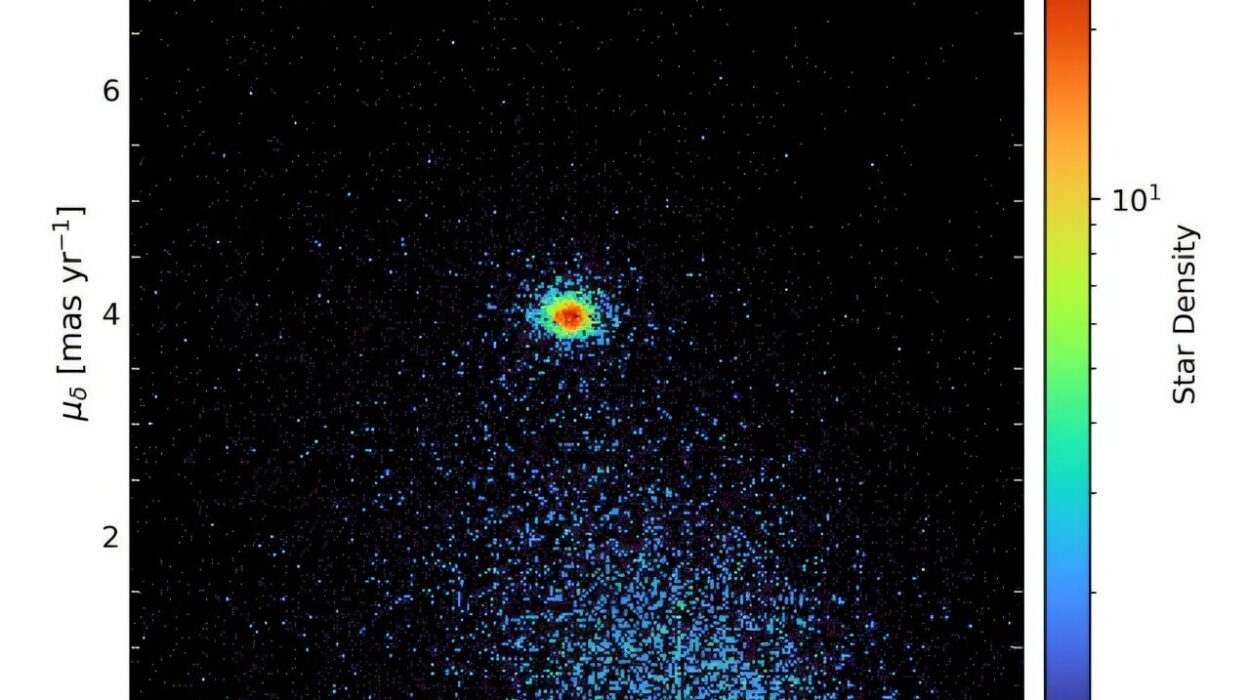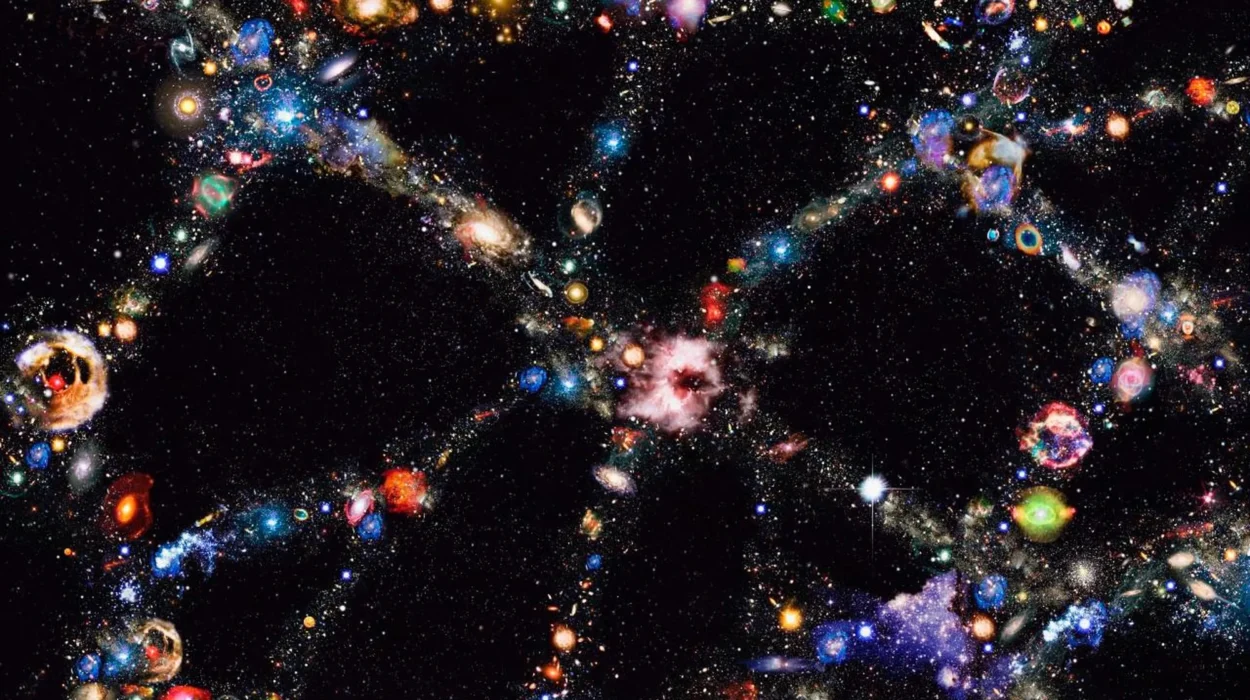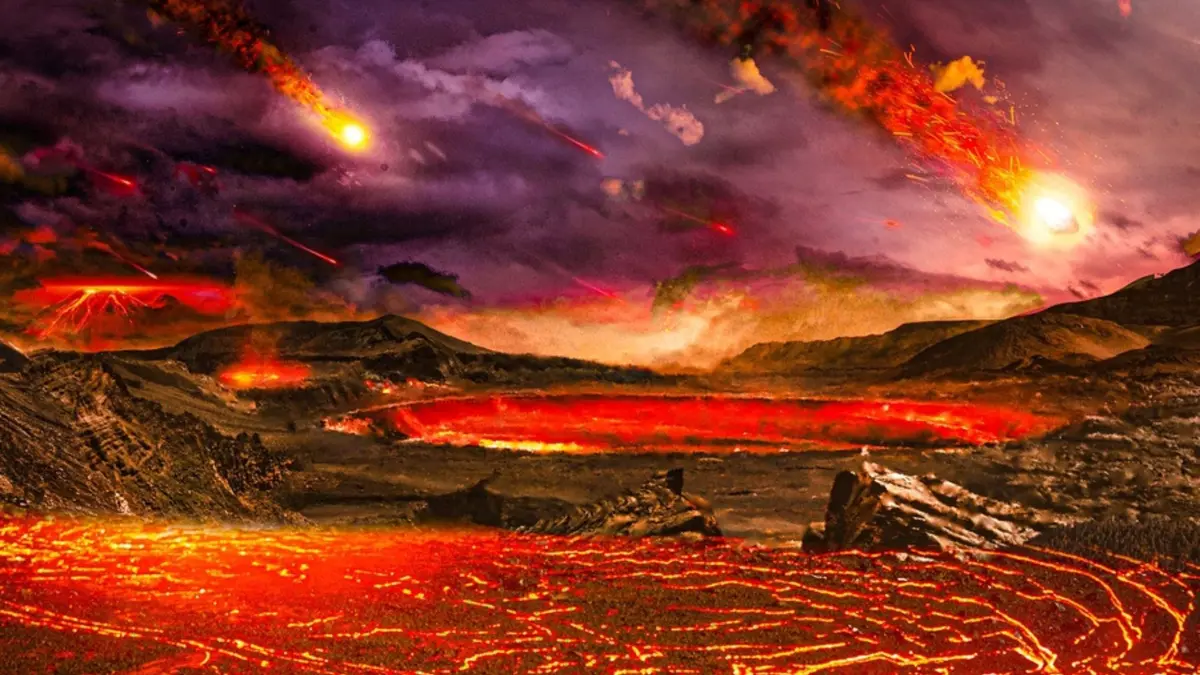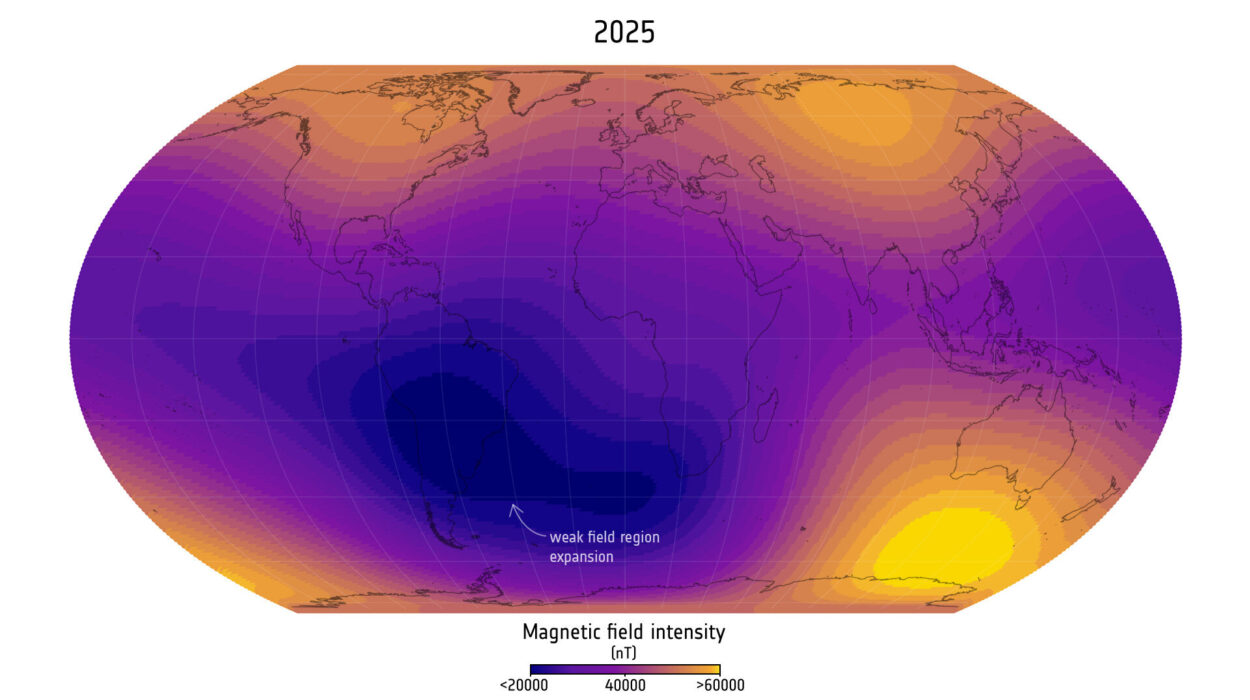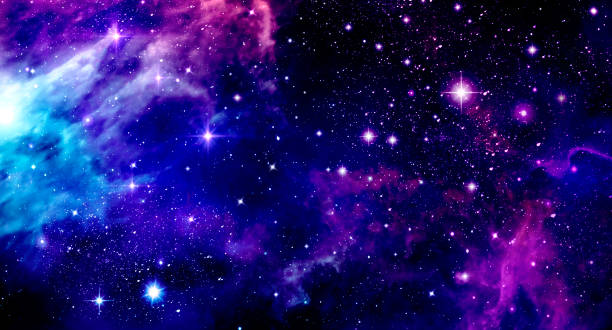In a discovery that reaches deeper into space—and further back in time—than ever before, an international team of astronomers has confirmed the most distant black hole ever detected. Nestled within a young galaxy named CAPERS-LRD-z9, this black hole dates to just 500 million years after the Big Bang, a moment when the universe was merely 3% of its current age. That puts the newly discovered object 13.3 billion years in the past, a time shrouded in mystery, when stars were just beginning to illuminate the cosmic darkness.
“This is about as far back as we can realistically go right now,” said Anthony Taylor, lead researcher and postdoctoral fellow at The University of Texas at Austin’s Cosmic Frontier Center, which spearheaded the groundbreaking study. “We’re standing on the edge of the observable universe—and we’re seeing a black hole staring back.”
Published in The Astrophysical Journal, the research not only confirms the black hole’s existence but also opens a crucial window into the ancient universe. It offers vital clues about how early black holes formed, how they grew, and what role they played in the chaotic infancy of galaxies.
How Do You Find a Black Hole That Old?
Black holes are, by their very nature, invisible. They consume everything around them—even light. So how can astronomers confirm one existed over 13 billion years ago?
The answer lies in spectroscopy—a powerful technique that breaks light down into its component wavelengths, much like a prism revealing the colors hidden in white light. When a black hole pulls in gas and dust, the material accelerates to incredible speeds, heating up and glowing as it spirals inward. This motion leaves behind a very specific spectroscopic signature: gas rushing toward us creates blueshifted light, while gas moving away appears redshifted. Together, these shifts trace out a kind of celestial fingerprint.
“There really aren’t many other things in the universe that produce this kind of signature,” explained Taylor. “And CAPERS-LRD-z9 has it.”
While astronomers have spotted a handful of potential black holes at even greater distances, none have been confirmed with this level of precision. Steven Finkelstein, a co-author of the study and director of the Cosmic Frontier Center, emphasized the importance of that point: “Spectroscopy is the gold standard. Candidates are great, but this is the first time we’ve seen the actual telltale signs of a black hole at this distance.”
The Power of the James Webb Space Telescope
This remarkable detection was made possible by the James Webb Space Telescope (JWST), humanity’s most powerful eye on the cosmos. Specifically, the team used data from the telescope’s CAPERS program—the CANDELS-Area Prism Epoch of Reionization Survey. The program is designed to push the boundaries of observation into the Epoch of Reionization, a murky period that began a few hundred million years after the Big Bang when the first stars and galaxies began to emerge.
“The first goal of CAPERS is to confirm and study the most distant galaxies we can find,” said Mark Dickinson, co-author of the paper and CAPERS team leader. “JWST’s spectroscopy is absolutely key to confirming their distances and understanding their physical nature.”
Initially appearing as a curious red dot in JWST’s deep-field images, CAPERS-LRD-z9 turned out to be far more than a visual oddity. The object belongs to a peculiar and unexpected class of galaxies that astronomers have nicknamed “Little Red Dots.”
What Are the Mysterious “Little Red Dots”?
Discovered only recently in early JWST data, Little Red Dots are extremely compact, vividly red, and surprisingly bright galaxies that existed in the first 1.5 billion years of the universe. Before JWST, the Hubble Space Telescope had no means of detecting such objects. Their size and color set them apart from typical early galaxies, and their brightness puzzled astronomers.
“The discovery of Little Red Dots was a huge surprise,” said Finkelstein. “They look nothing like what we expected from early galaxies, and now we’re racing to understand them.”
Why are they so bright? One hypothesis was that they contained unusually large numbers of stars—but at such an early time in cosmic history, that seemed unlikely. The current study lends weight to another explanation: supermassive black holes.
Black holes, contrary to popular belief, can be among the brightest objects in the universe—not because they emit light themselves, but because of the intense radiation from the matter they consume. As gas and dust spiral into a black hole, they heat up to millions of degrees, releasing tremendous energy.
This process—called accretion—can outshine entire galaxies. The newfound black hole in CAPERS-LRD-z9, researchers argue, is likely the reason this particular Little Red Dot shines so brightly.
Uncovering the Red Color of the Dots
The study also offers insights into why Little Red Dots appear red in JWST imagery. Some of the redness comes from cosmological redshift—the stretching of light into longer wavelengths as the universe expands. But in CAPERS-LRD-z9, researchers suspect there’s another culprit: a thick cloud of gas enshrouding the black hole.
“When light passes through dense gas, especially gas enriched with certain elements, it can shift and scatter, becoming redder in appearance,” explained Taylor. “We’ve seen similar effects in other galaxies. CAPERS-LRD-z9 matches that behavior almost perfectly.”
Such a thick veil of gas could also be fueling the black hole itself—providing the material it needs to grow quickly during these early cosmic epochs.
A Monster in the Early Universe
The black hole in CAPERS-LRD-z9 isn’t just ancient—it’s immense. Weighing in at an estimated 300 million times the mass of our sun, it’s unusually large, even by black hole standards. For comparison, the supermassive black hole at the center of our own Milky Way galaxy, Sagittarius A*, has a mass of about 4 million solar masses—yet it formed billions of years later.
Even more astonishingly, the CAPERS black hole may be as massive as half the mass of all the stars in its galaxy. That kind of ratio is incredibly rare and suggests that black holes in the early universe either grew extremely fast or were born unusually massive.
“This discovery adds to the growing pile of evidence that black holes in the early universe evolved much more rapidly than our models predict,” said Finkelstein. “Either that, or we’re missing something fundamental about how they started.”
Rethinking Cosmic Origins
The existence of such a massive black hole just 500 million years after the Big Bang forces astronomers to confront difficult questions. According to standard theories, black holes begin as the collapsed remnants of massive stars. From there, they grow slowly by feeding on gas and merging with other black holes. But that process takes time—more than the early universe might have allowed.
So how did this black hole get so big, so fast?
One possibility is that some black holes formed not from stars but directly from collapsing clouds of primordial gas—what scientists call “direct collapse black holes.” These objects would have skipped the stellar phase entirely and started life with tens of thousands, or even hundreds of thousands, of solar masses.
Others speculate that exotic physics in the early universe—such as dark matter interactions or unknown forces—might have accelerated black hole growth.
Whatever the answer, discoveries like CAPERS-LRD-z9 are forcing scientists to revisit the drawing board.
The Path Ahead
The researchers now hope to obtain even higher-resolution data using JWST’s instruments to study CAPERS-LRD-z9 in greater detail. That could provide valuable insight into not just the black hole’s structure, but also the surrounding galaxy and how the two evolved together.
“This is a fantastic test object,” said Taylor. “For the first time, we’re not just speculating about early black holes—we’re studying one in the flesh, so to speak.”
In doing so, astronomers may finally be able to answer long-standing questions about how the universe transitioned from darkness to light, from simplicity to complexity, from chaos to the star-speckled elegance we see today.
A New Dawn in Black Hole Science
Albert Einstein, whose equations first predicted black holes over a century ago, once said, “The most beautiful experience we can have is the mysterious.” CAPERS-LRD-z9 is a reminder that the cosmos still holds many mysteries—and that our tools for unraveling them are becoming ever more powerful.
As the James Webb Space Telescope continues its mission, pushing deeper into space and further back in time, we are witnessing not just the ancient universe—but also a new age of cosmic discovery.
And somewhere, more Little Red Dots are waiting to reveal their secrets.
More information: Anthony J. Taylor et al, CAPERS-LRD-z9: A Gas-enshrouded Little Red Dot Hosting a Broad-line Active Galactic Nucleus at z = 9.288, The Astrophysical Journal Letters (2025). DOI: 10.3847/2041-8213/ade789
